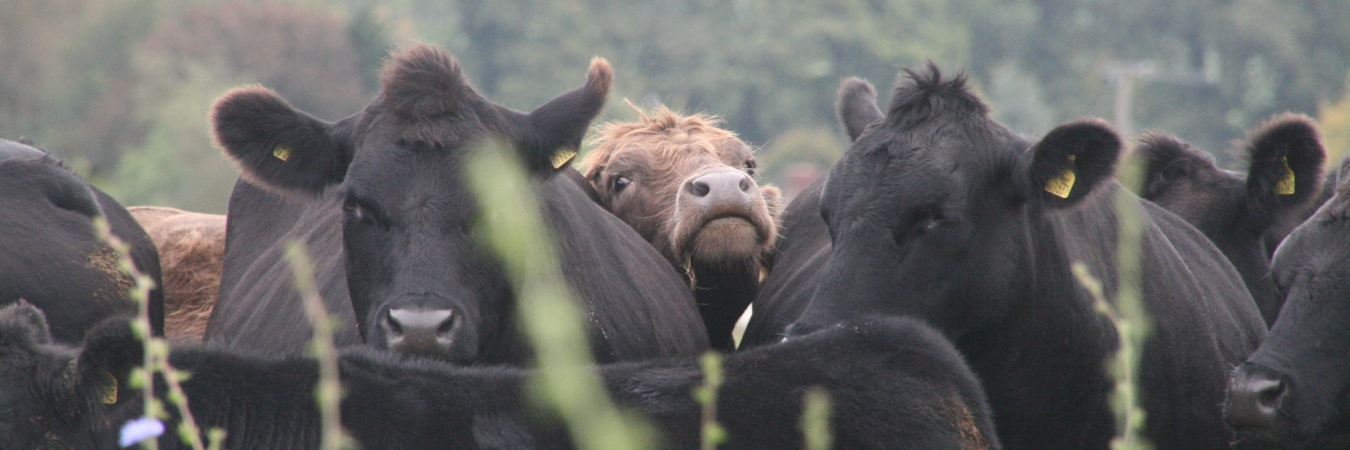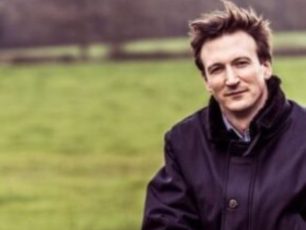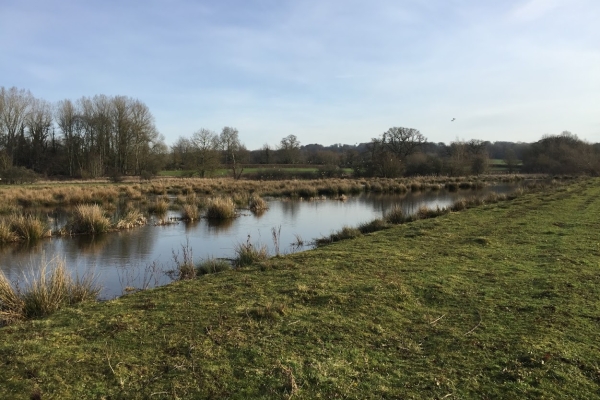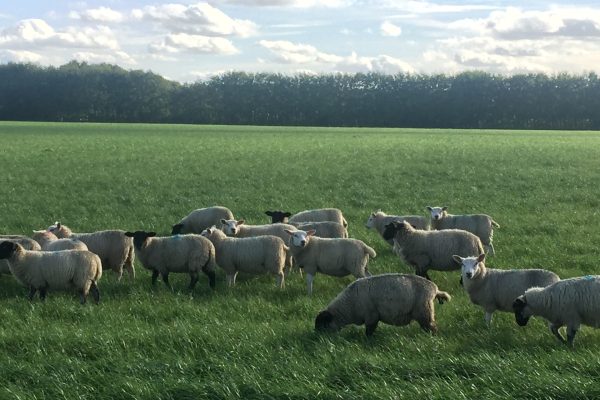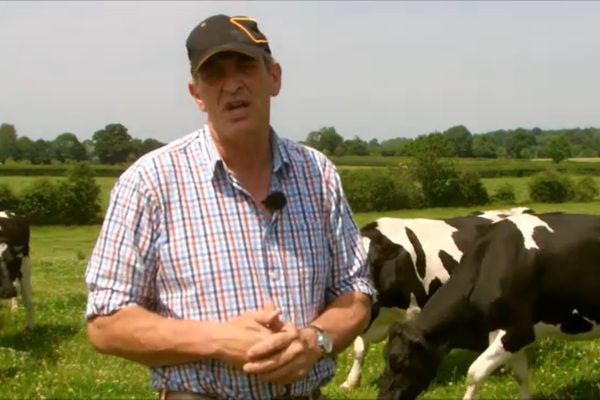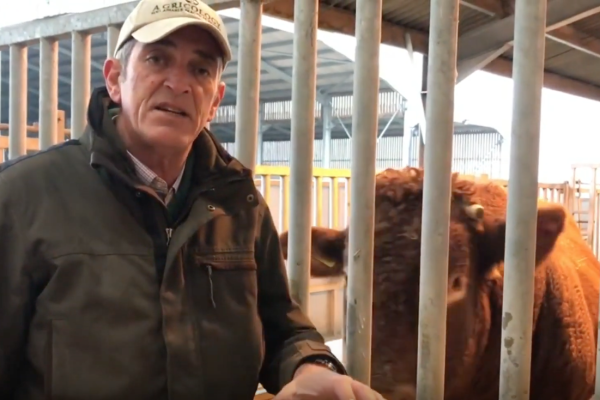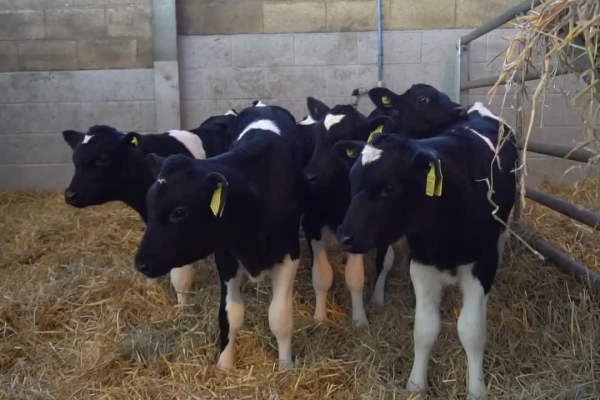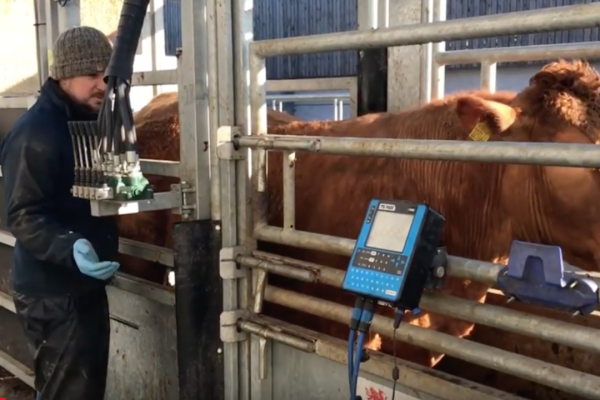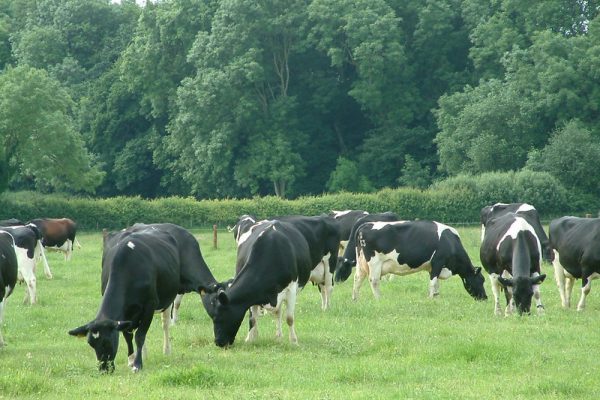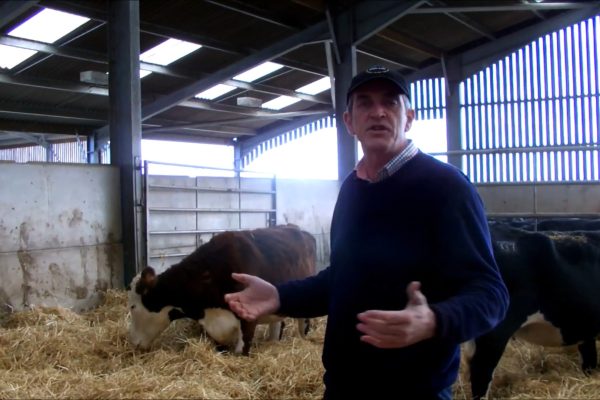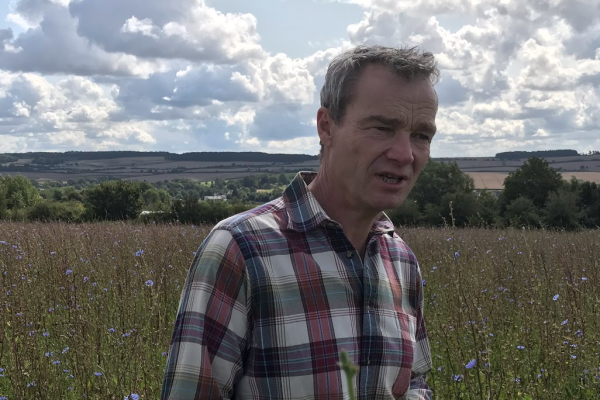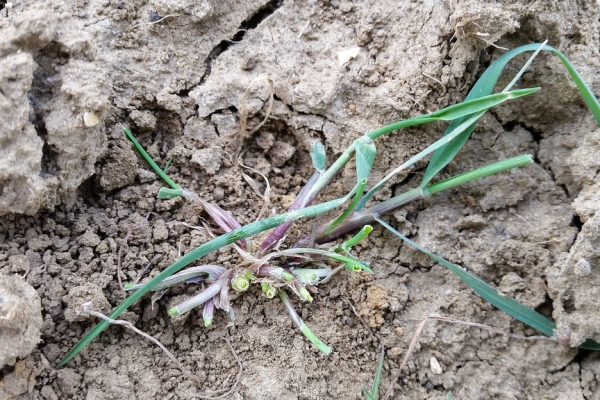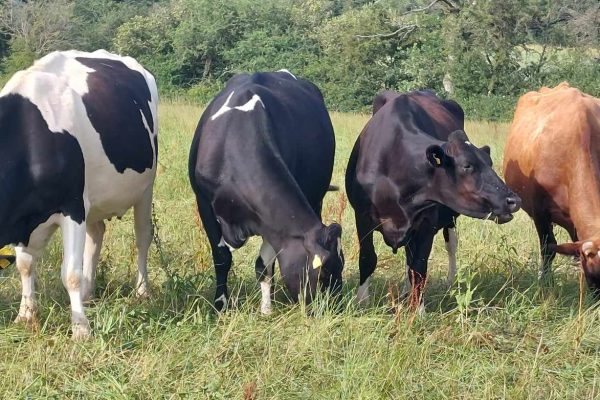Moving cattle to the Daylesford wetlands
As the summer solstice arrives we reach the year’s climax with a burst of life. The white of flowering clover drifts across the leys, dog rose and bramble smothers the hedgerows and the heady sweet scent of lime trees wafts in the air.
The time has come to send a mob of beef cattle down to the ‘Wilderness Wetland’ and graze out the long grass before it becomes rank; perhaps grazed a little early for some conservation objectives but this gives a chance for flowering plants and grass to appear again in the aftermath.
In spite of the sweltering heat, moving the cattle was a joy. As they bound their way into the wetland the frisky steers mellowed and were soon head down, ambling through the long sward like buffalo on the Serengeti. The Gloucesters look particularly at home – the breed perfectly suited to our county’s inferior and marginal grazing areas and their magnificent horned heads poking through the rushes could be a scene from 300 years ago. If only they weren’t so difficult to round up, they might not be such a rare breed!
